Museo Universitario del Chopo (Chopo University Museum)
This industrial Art Nouveau gem is a historic hotspot for Mexican counterculture.
In 1902, José Landero y Coss bought the main hall of the machine room of Germany’s Gutehoffnungshütte mine. He had it shipped to Mexico piece by piece. Legend says that when Landero y Coss got off the train, he bought the first plot of land he saw and plunked the building there.
The structure, originally designed by Bruno Möhring in an industrial Art Nouveau style, has since had a rich history as a cultural hub. It has functioned as a national history museum, a Japanese art pavilion, and even as a film location. In 1975, was reopened as the Museo Universitario del Chopo (Chopo University Museum).
The museum became a hotspot for Mexican counterculture. There, Chopo Tianguis, a market selling goods catered toward emos, goths, and punks, thrived. The space also created a rock competition in an era when the style was demonized. The building also hosted a week celebrating gay and lesbian culture in Mexico in 1987, at a time when few other places in Mexico dared to because of AIDS.
In 2006, the museum was renovated, seeing the addition of a cinema and exhibition halls. Fortunately, these changes didn’t diminish the building’s beloved architecture. The museum currently focuses on exhibitions of conceptual art.











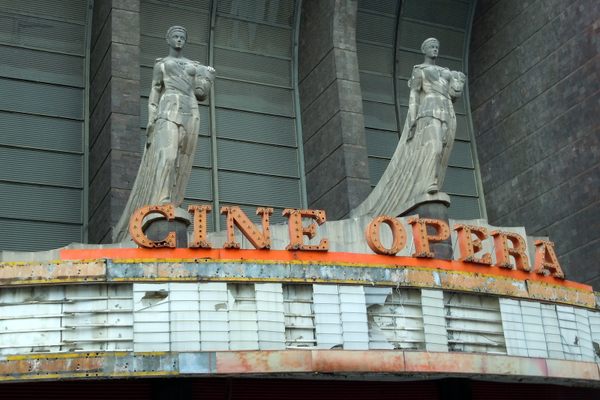
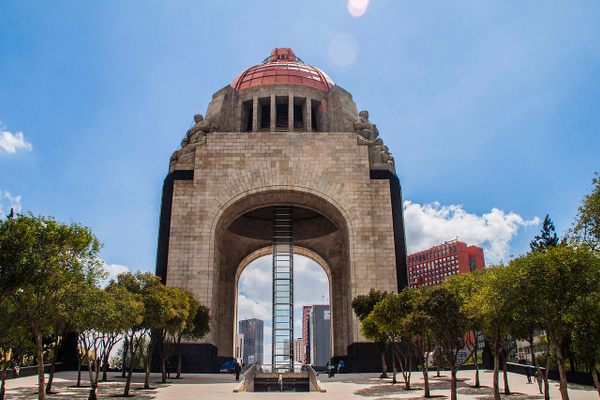
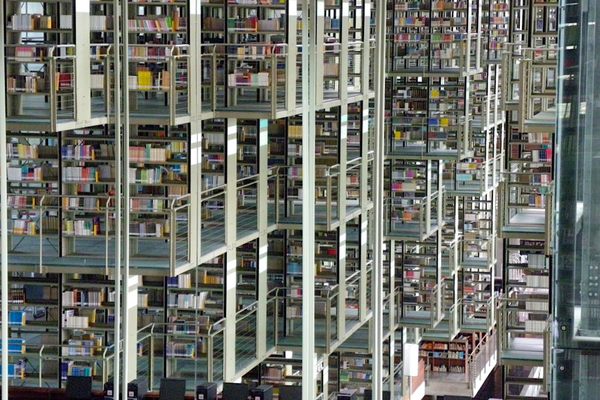

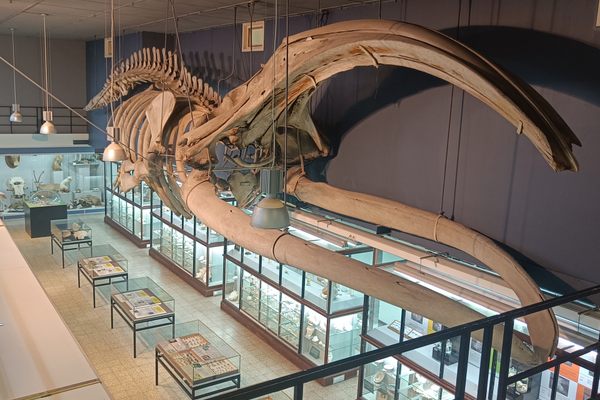
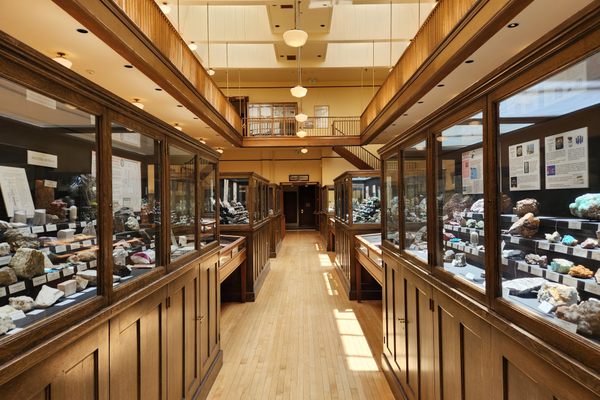

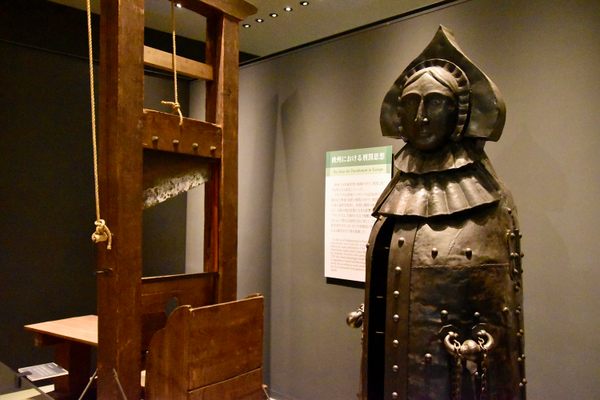

Follow us on Twitter to get the latest on the world's hidden wonders.
Like us on Facebook to get the latest on the world's hidden wonders.
Follow us on Twitter Like us on Facebook